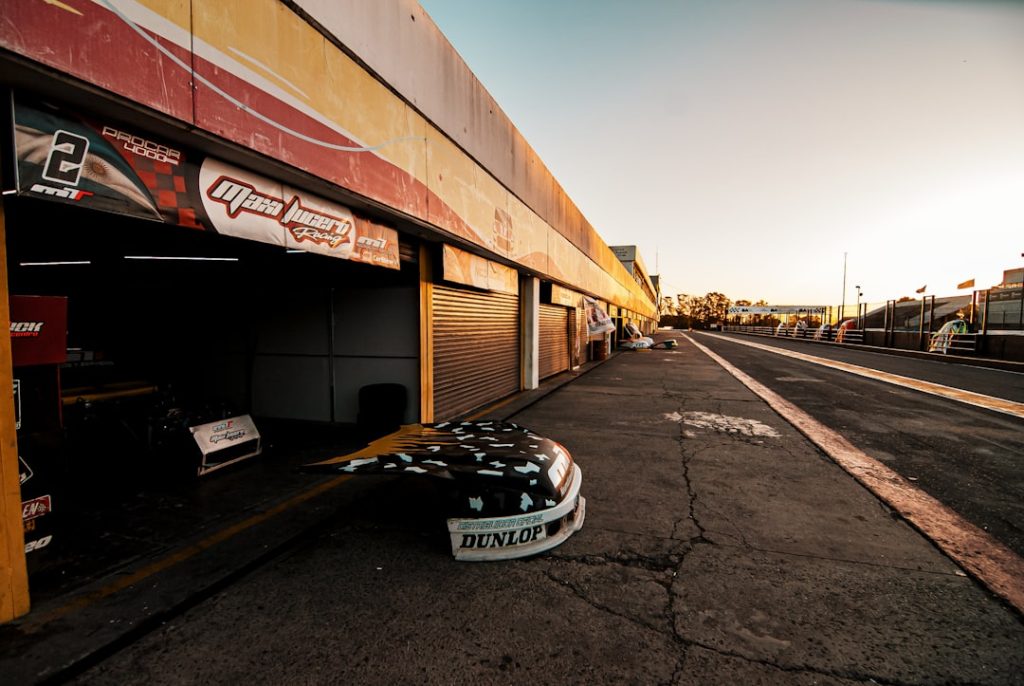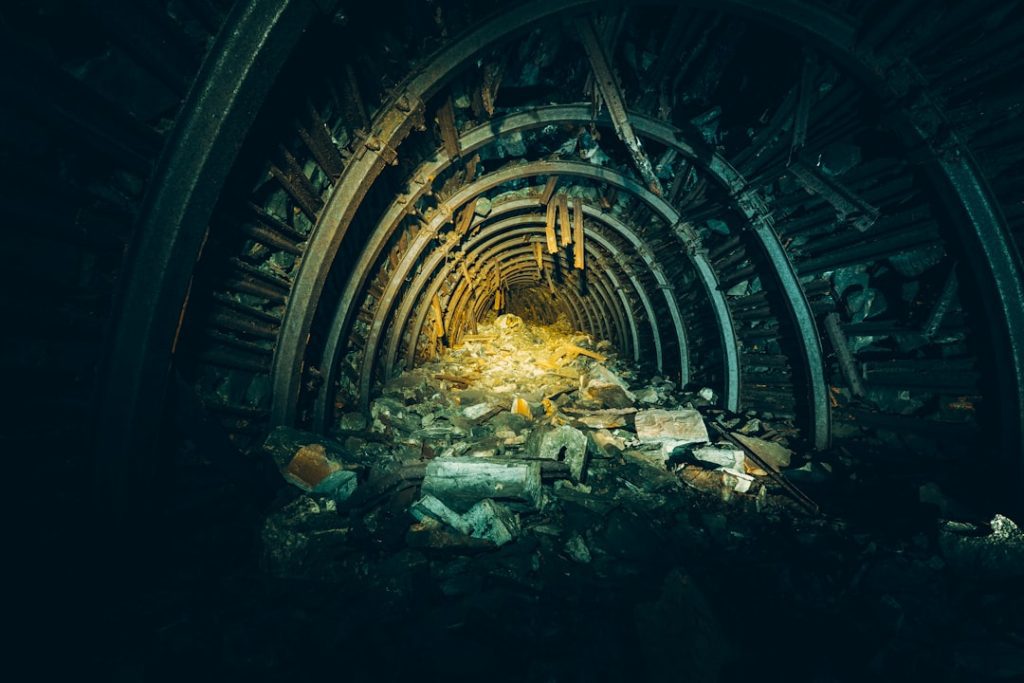High-performance briquettes are a sustainable and efficient alternative to traditional fuels such as firewood and charcoal. These briquettes are made from a variety of organic materials, including agricultural waste, sawdust, and other biomass materials. They are compressed into dense, uniform shapes that burn longer and hotter than traditional fuels, making them an ideal choice for cooking and heating in both residential and commercial settings.
The use of high-performance briquettes has been gaining popularity in many developing countries, including Afghanistan. In Kabul, where access to clean and affordable energy sources is limited, high-performance briquettes offer a promising solution to the energy challenges faced by the city’s residents. By understanding the benefits, production process, environmental impact, economic impact, and challenges of implementing high-performance briquettes in Kabul, we can gain insight into the potential for this sustainable energy source to make a positive impact on the city’s energy landscape.
The Benefits of Using Briquettes in Kabul
The use of high-performance briquettes in Kabul offers a wide range of benefits for both individuals and the community as a whole. Firstly, these briquettes are a sustainable and environmentally friendly alternative to traditional fuels. By utilizing agricultural waste and other biomass materials that would otherwise go to waste, the production of high-performance briquettes helps reduce deforestation and carbon emissions, contributing to a healthier environment for Kabul’s residents.
Secondly, high-performance briquettes are more efficient and cost-effective than traditional fuels. They burn longer and hotter, providing more heat for cooking and heating while requiring less fuel overall. This can result in significant cost savings for households and businesses in Kabul, where access to affordable energy sources is a pressing concern. Additionally, the use of high-performance briquettes can help reduce indoor air pollution, which is a major health concern in many developing countries. By producing less smoke and harmful emissions than traditional fuels, these briquettes can contribute to improved indoor air quality and better respiratory health for Kabul’s residents.
The Production Process of High-Performance Briquettes
The production process of high-performance briquettes involves several key steps, beginning with the collection and preparation of raw materials. Agricultural waste, sawdust, and other biomass materials are collected from local sources, such as farms and woodworking facilities. These materials are then dried and finely ground to create a uniform feedstock for the briquette production process.
Once the raw materials are prepared, they are mixed with a binding agent, such as starch or molasses, to help hold the briquettes together. The mixture is then fed into a briquette press, where it is compressed under high pressure to form dense, uniform briquettes. These briquettes are then dried to remove any remaining moisture before being packaged and distributed to consumers.
The production process of high-performance briquettes is relatively simple and can be easily adapted to local conditions in Kabul. With the right equipment and training, local entrepreneurs can establish small-scale briquette production facilities to meet the growing demand for this sustainable energy source in the city.
Environmental Impact of High-Performance Briquettes
| Metrics | Data |
|---|---|
| Reduction in CO2 emissions | Up to 80% compared to traditional coal |
| Energy efficiency | High-performance briquettes have higher energy efficiency |
| Renewable material usage | Uses renewable biomass materials |
| Reduction in deforestation | Helps in reducing deforestation by using waste biomass |
The environmental impact of high-performance briquettes is a key factor in their appeal as a sustainable energy source for Kabul. By utilizing agricultural waste and other biomass materials that would otherwise go to waste, the production of these briquettes helps reduce deforestation and carbon emissions in the region. This is particularly important in Afghanistan, where deforestation has been a significant issue due to the high demand for firewood and charcoal.
Furthermore, the use of high-performance briquettes can help mitigate indoor air pollution, which is a major health concern in many developing countries. Traditional fuels such as firewood and charcoal produce high levels of smoke and harmful emissions when burned, contributing to respiratory illnesses and other health problems among residents. In contrast, high-performance briquettes produce less smoke and emissions when burned, resulting in improved indoor air quality and better respiratory health for Kabul’s residents.
Overall, the environmental impact of high-performance briquettes is overwhelmingly positive, making them an attractive option for individuals and businesses looking to reduce their carbon footprint and contribute to a healthier environment in Kabul.
The Economic Impact of High-Performance Briquettes in Kabul
The economic impact of high-performance briquettes in Kabul is significant, offering cost savings for both households and businesses while creating opportunities for local entrepreneurs. Firstly, these briquettes are more efficient and cost-effective than traditional fuels such as firewood and charcoal. They burn longer and hotter, providing more heat for cooking and heating while requiring less fuel overall. This can result in significant cost savings for households in Kabul, where access to affordable energy sources is a pressing concern.
Additionally, the production and sale of high-performance briquettes can create economic opportunities for local entrepreneurs in Kabul. By establishing small-scale briquette production facilities, individuals can generate income while meeting the growing demand for this sustainable energy source in the city. This not only creates jobs and economic growth but also contributes to the development of a more sustainable energy sector in Kabul.
Overall, the economic impact of high-performance briquettes is substantial, offering cost savings for consumers and creating opportunities for entrepreneurship and economic development in Kabul.
Challenges and Solutions in Implementing High-Performance Briquettes

While the use of high-performance briquettes offers many benefits for Kabul, there are also challenges that must be addressed to ensure their successful implementation. One of the main challenges is raising awareness and changing consumer behavior regarding the use of traditional fuels. Many residents in Kabul are accustomed to using firewood and charcoal for cooking and heating and may be hesitant to switch to a new fuel source. Educating consumers about the benefits of high-performance briquettes and promoting their use through targeted marketing campaigns can help overcome this challenge.
Another challenge is ensuring a consistent supply of raw materials for briquette production. While agricultural waste and biomass materials are abundant in Afghanistan, establishing reliable supply chains and sourcing these materials at scale can be a logistical challenge. Working with local farmers and businesses to secure a steady supply of raw materials and investing in efficient collection and processing methods can help address this challenge.
Additionally, there may be regulatory and policy barriers that need to be addressed to support the widespread adoption of high-performance briquettes in Kabul. This could include developing standards for briquette production, providing incentives for entrepreneurs to invest in briquette production facilities, and integrating sustainable energy sources into national energy policies.
By addressing these challenges through targeted education and marketing efforts, investment in supply chain infrastructure, and supportive policies and regulations, Kabul can overcome barriers to implementing high-performance briquettes and realize their full potential as a sustainable energy source.
Future Prospects for High-Performance Briquettes in Kabul
The future prospects for high-performance briquettes in Kabul are promising, with the potential to make a significant impact on the city’s energy landscape. As awareness of the benefits of these briquettes grows among consumers and businesses in Kabul, demand for this sustainable energy source is likely to increase. This presents an opportunity for local entrepreneurs to invest in small-scale briquette production facilities, creating jobs and economic growth while meeting the city’s energy needs.
Furthermore, as the government of Afghanistan continues to prioritize sustainable development and environmental conservation, there may be opportunities to secure funding and support for initiatives that promote the use of high-performance briquettes. This could include incentives for entrepreneurs to invest in briquette production facilities, subsidies for consumers to purchase high-performance briquettes, or support for research and development into new technologies for briquette production.
Overall, the future prospects for high-performance briquettes in Kabul are bright, with the potential to make a positive impact on the environment, economy, and energy security of the city. By addressing challenges and investing in supportive policies and infrastructure, Kabul can realize the full potential of high-performance briquettes as a sustainable energy source for years to come.
Discover the latest innovation in coal briquettes with Almassiyah’s article on distinctive coal briquette products standing out in the market. These high-performance briquettes from Kabul are making waves in the industry, offering a stable and dependable resource for coal exports from Afghanistan. Learn more about this game-changing product by visiting Almassiyah’s article and stay ahead of the curve in the coal industry.



